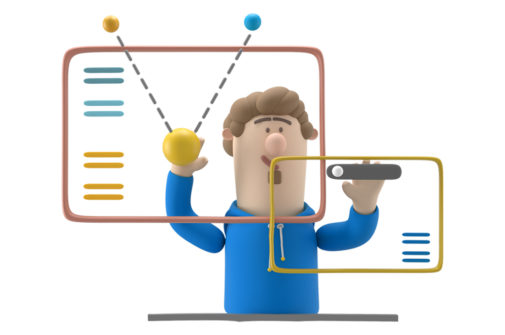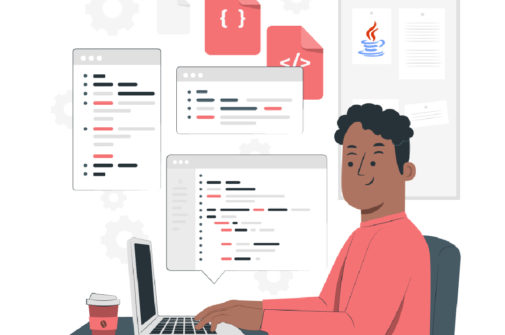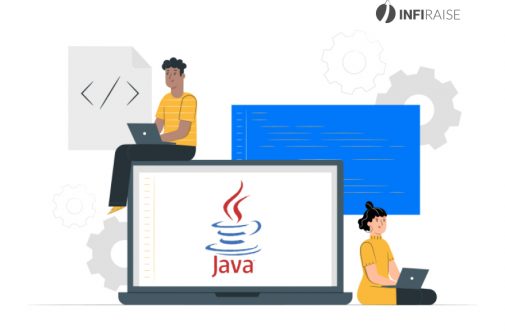The features for Java Development Kit 19 have been frozen, and the non-LTS update is due to release in September 2022. This update will be a predecessor to JDK 18, which was released in March 2022. The update is now feature-complete, and there is a lot to explore in the JDK 19 feature list from Record Patterns to Structured Concurrency.
Earlier this June, the kit just reached its ramp-down phase one. Before we dive into these features one by one, here is the complete timeline for JDK 19: The second ramp-down phase will begin on July 21, 2022. The initial release candidate would be on August 11, 2022, and the final release candidate is slated for August 25, 2022. JDK 19 will be generally available from September 9, 2022.
There are seven features to look forward to: Record Patterns, Linux/RISC-V Port, Foreign Function & Memory API, Virtual Threads, Vector API, Pattern Matching for the switch, and Structured Concurrency.
Record Patterns
A preview language feature, record patterns, and type patterns will allow developers to navigate and process the composable and powerful forms of data.
This JDK 19 feature will be a part of Project Amber which aims to incubate and explore productivity-oriented Java language features.
Without making any changes to the semantics or syntax of type patterns, this feature aims to express composable and sophisticated data queri
Linux/RISC-V Port
With this feature, It would be possible to port the JDK to Linux/RISC-V. A wide range of language toolchains already supports this hardware instruction set. At the core, RISC-V is a free open-source instruction set architecture (SIA).
Currently, Linux/RISC-V port will only support general-purpose 64-bit SIA that has vector instructions: an RV64GV configuration of RISC-V. In the future, the developers may also consider configuring general-purpose 32-bit, the RV32G.
HotSpot subsystems that will be supported by this JDK 19 feature:
- C1 (client) JIT compiler
- C2 (server) JIT compiler
- Template interpreter
- All mainline GCs, including ZGC and Shenandoah
Foreign Function & Memory API
Aimed to enhance safety, generality, and ease of use with performance, This API is a combination of foreign memory access API and foreign linker API. This was first incubated in JDK 17 and reincubated in JDK 18.
With this API, Java programs can interoperate with data and code outside the Java runtime. It also aims to mitigate the brittleness of Java Native Interface (JNI).
This API can efficiently invoke codes outside JVM (foreign functions), and access the memory not managed by JVM (foreign memory) safely. The foreign function and memory API enables programs to call native data and libraries while avoiding the danger of JNI.
Virtual Threads
With high-throughput concurrent applications, virtual threads reduce the effort of maintaining, observing, and even writing due to their lightweight operation.
Not only this preview API will enable thread-per-request style applications to scale with optimal hardware utilisation, but it will also help java. lang. Thread API to adopt this API without many changes.
It will also enable profiling, debugging, and troubleshooting of virtual threads with existing JDK tools without removing the traditional implementation of threads and changing the basic Java concurrency model.
Vector API
This feature would mark the fourth incubation of this API, as it was previously incubated in JDK 16, JDK 17, and JDK 18. The JDK 19 improvements will include the ability to store and load vectors from memory segments.
With a complimentary mask compress operation, this JDK 19 feature will also add expand and compress, two cross-lane vector operations. The compress operation helps in filtering the query results.
It maps the mask-selected lanes of the source vector to the destination vector in the lane order. The expansion would be completely inverse to that.
The fourth incubation of this JDK 19 feature will make it clear, and concise, and will enable it to offer reliable runtime performance and compilation on x64 and AArch64. In the cases where it would be needed, this API will also function by degrading gracefully.
Pattern Matching for Switch
JDK 19 will mark the third preview for the feature of pattern matching for a switch. It will allow an expression to be tested against patterns with a specific action. This will help in expressing complex data-oriented queries with safety.
It will help in expanding the applicability of switch statements and expressions as the patterns will appear in case labels. Not only that, the historical null-hostility of the switch will be allowed to be relaxed when desired.
This will also enhance the safety of switch statements, as the pattern switch statement will be required to cover all possible inputs. Parenthesized patterns will also be introduced to increase convenience.
Structured Concurrency
With this JDK 19 feature, multiple tasks running in different threads are considered a single unit of work. This will help in simplifying the multithreaded programming.
This will help in observing a multithreaded program more efficiently, and improve its reliability. It will also help in mitigating the risks like thread leaks and cancellation delays by promoting a concurrent programming style.
With this JDK 19 feature, if the subtasks are independent and sufficient hardware is available, running the subtasks concurrently can speed up the task execution.
Wrapping Up
Having made yourself familiar with these JDK 19 features, you can plan your projects better. For website development, and mobile and web applications, Javascript is one of the most widely used programming languages.
If you want to hire a dedicated Java developer, look no further! Infiraise has a team of developers who are capable of dealing with high-grade requirements catered to your projects.
What Is The Best Java Framework For Desktop Applications?
The Java programming language can be used to make multi-platform applications like Android, web, and desktop applications. No surprise 33.27% of all developers are using Java as their programming language….
How to Hire Remote Java Developers Efficiently in 2022?
When it comes to object-oriented programming (OOP), nothing beats JAVA. A platform to make applications and share them across the systems, it is one of the most used programming languages…
Java Technology Trends that you must know
Given the fact that Java has been around for over a quarter-century, new java technology trends emerge on a daily basis. By incorporating these trends into your next Java project,…
Inquiry
Let’s get in touch













